Securing writing projects across various industries can be challenging, but with a strategic approach, you can increase your chances of landing more opportunities. Here’s a comprehensive guide to help you get started:
1. Build a Strong Portfolio
- Create a Diverse Portfolio: Showcase your writing skills across different niches such as technology, health, finance, lifestyle, etc.
- Include Published Work: Highlight articles, blog posts, white papers, and any other published content.
- Create Sample Pieces: If you lack experience in certain areas, create high-quality samples to demonstrate your capability.
2. Optimize Your Online Presence

- Professional Website: Develop a professional website with a portfolio section, an about page, and a contact form.
- LinkedIn Profile: Optimize your LinkedIn profile with keywords relevant to your writing niches. Engage in industry groups and connect with potential clients.
- Social Media: Use platforms like Twitter, Facebook, and Instagram to share your work and connect with industry professionals.
3. Network Effectively
- Join Writing Communities: Engage in online communities such as writers’ forums, Facebook groups, and LinkedIn groups.
- Attend Industry Events: Participate in webinars, workshops, and conferences related to writing and your areas of interest.
- Collaborate with Other Writers: Partner with other writers for projects or guest post exchanges to expand your network.
4. Leverage Freelance Platforms

- Upwork and Fiverr: Create detailed profiles on freelance marketplaces and bid on projects that match your skills.
- Content Mills: While not always high-paying, platforms like Textbroker and iWriter can provide steady work and build your portfolio.
- Niche Job Boards: Use niche-specific job boards like ProBlogger, Freelance Writing Gigs, and JournalismJobs.
5. Pitch Directly to Clients
- Research Potential Clients: Identify companies and publications in industries you’re interested in.
- Craft Personalized Pitches: Write personalized emails to editors or content managers, highlighting how your skills can meet their needs.
- Follow Up: Don’t hesitate to follow up if you don’t hear back. Persistence often pays off.
6. Develop Specializations
- Identify High-Demand Niches: Focus on niches that have high demand, such as digital marketing, tech writing, health and wellness, finance, etc.
- Gain Certifications: Consider certifications in specialized areas to enhance your credibility (e.g., HubSpot Content Marketing, SEO certifications).
7. Provide Exceptional Value
- Understand Client Needs: Tailor your writing to meet the specific goals and audience of your clients.
- Deliver Quality Work: Always deliver high-quality, well-researched, and error-free content.
- Be Reliable: Meet deadlines consistently and communicate clearly with clients.
8. Seek Testimonials and Referrals

- Ask for Testimonials: Request testimonials from satisfied clients and display them on your website and profiles.
- Referrals: Encourage happy clients to refer you to others. A good word-of-mouth recommendation is invaluable.
9. Stay Updated with Industry Trends
- Continuous Learning: Stay updated with the latest trends in content writing, SEO, digital marketing, and relevant industry news.
- Follow Industry Leaders: Follow blogs, podcasts, and social media profiles of industry leaders to gain insights and inspiration.
10. Utilize Email Marketing
- Build an Email List: Collect emails from potential clients and industry contacts.
- Send Newsletters: Regularly send out newsletters with updates on your work, industry insights, and tips to keep your audience engaged.
Platforms to Get Writing Projects
Upwork

Description: One of the largest freelance marketplaces, Upwork connects freelancers with clients across various industries.
Best Approaches:
- Complete Profile: Fill out your profile thoroughly with a professional photo, detailed description, and relevant skills.
- Tailor Proposals: Write customized proposals for each job, highlighting your relevant experience and how you can meet the client’s needs.
- Showcase Portfolio: Attach relevant samples to your proposals.
- Start Small: Initially, take on smaller projects to build your reputation and get positive reviews.
- Follow Up: After submitting a proposal, follow up with a message to show your interest and enthusiasm.
Fiverr
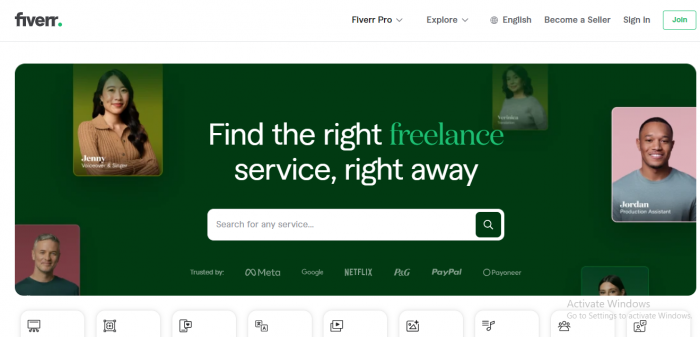
Description: A platform where freelancers offer services (gigs) starting at $5, spanning a wide range of categories.
Best Approaches:
- Create Clear Gigs: Write clear, concise gig descriptions with strong keywords.
- Offer Multiple Packages: Provide different service tiers (basic, standard, premium) to cater to various client needs.
- Showcase Reviews: Encourage satisfied clients to leave positive reviews.
- Promote Your Gigs: Share your Fiverr profile on social media and relevant forums.
- Optimize Tags: Use relevant tags to make your gigs easier to find.
Freelancer

Description: A popular freelance platform where clients post projects and freelancers bid on them.
Best Approaches:
- Detailed Profile: Ensure your profile is detailed and showcases your skills and experience.
- Craft Personalized Bids: Write personalized bids explaining why you are the best fit for the project.
- Include Milestones: Break down your work process into milestones to build trust with the client.
- Competitive Pricing: Offer competitive pricing initially to attract clients and build a portfolio.
- Communicate Effectively: Maintain clear and professional communication with potential clients.
ProBlogger Job Board

Description: A job board specifically for blogging and content writing jobs.
Best Approaches:
- Respond Quickly: Job postings can attract many applicants, so respond quickly with a well-crafted cover letter.
- Highlight Relevant Experience: Tailor your application to highlight relevant blogging and content writing experience.
- Showcase Blog Samples: Provide links to your best blog posts and articles.
- Follow Application Instructions: Ensure you follow the job posting’s application instructions carefully.
Contena

Description: A platform that aggregates writing jobs from various sources, offering high-quality job leads.
Best Approaches:
- Use Filters: Utilize the platform’s filters to find the most relevant job listings.
- Pitch Effectively: Write compelling pitches that demonstrate your expertise and how you can meet the client’s needs.
- Follow Up: Follow up on applications if you haven’t heard back within a reasonable time frame.
Textbroker

Description: A content mill where writers are paid per word to complete assignments.
Best Approaches:
- Register and Qualify: Register on the platform and complete the qualification process to get assigned a writing level.
- Choose Projects Wisely: Select projects that match your skills and interests to produce high-quality work.
- Focus on Quality: Deliver high-quality content consistently to receive better ratings and access to higher-paying assignments.
- Build a Reputation: Establish a good reputation to receive direct orders from clients.
WriterAccess

Description: A content creation platform that connects businesses with freelance writers.
Best Approaches:
- Complete Profile: Complete your profile with detailed information about your skills and experience.
- Take Tests: Complete writing tests to qualify for different types of assignments.
- Apply for Casting Calls: Respond to casting calls from clients looking for writers with specific expertise.
- Build Relationships: Build long-term relationships with clients to receive ongoing work.
Social Media Platforms To Secure Writing Projects
To secure writing projects involves strategic engagement, showcasing your expertise, and networking effectively. Here’s a guide for using different social media platforms to get writing projects:
1. Optimize Your Profile:
◦ Use keywords relevant to your writing niches.
◦ Highlight your skills, experience, and include a professional photo.
2. Engage in Industry Groups:
◦ Join writing and industry-specific groups.
◦ Share insights, participate in discussions, and offer value to group members.
3. Connect and Network:
◦ Connect with editors, content managers, and other writers.
◦ Send personalized connection requests and engage with their content.
4. Share Your Work:
◦ Post articles, writing samples, and professional achievements.
◦ Use LinkedIn's publishing platform to showcase your expertise.

1. Build Your Profile:
◦ Use a professional photo, concise bio with relevant hashtags, and a link to your portfolio or website.
2. Engage with Hashtags:
◦ Follow and engage with hashtags like #WritingCommunity, #AmWriting, and industry-specific tags.
3. Share Content:
◦ Tweet links to your articles, blog posts, and writing samples.
◦ Share tips, industry news, and engage with followers.
4. Network:
◦ Follow and interact with editors, publishers, and potential clients.
◦ Participate in Twitter chats relevant to writing and your niches.
1. Join Writing Groups:
◦ Find and join groups dedicated to freelance writing, content creation, and industry-specific topics.
◦ Engage in discussions, offer advice, and share your work when relevant.
2 Create a Professional Page:
◦ Create a Facebook page to showcase your writing portfolio and services.
◦ Post regularly about your projects, writing tips, and industry insights.
3. Network:
◦ Connect with potential clients, fellow writers, and influencers in your niche.
◦ Participate in relevant Facebook events and webinars.

1. Optimize Your Profile:
◦ Use a professional photo, concise bio with relevant hashtags, and a link to your portfolio.
2. Visual Content:
◦ Share visual content related to your writing, such as snapshots of your workspace, book covers, and infographics.
◦ Use Instagram Stories to share behind-the-scenes content and daily writing activities.
3. Engage with the Community:
◦ Follow and interact with hashtags like #WritersOfInstagram, #FreelanceWriter, and niche-specific tags.
◦ Engage with posts from potential clients and industry influencers.
Medium
1. Publish Regularly:
◦ Write and publish articles on topics relevant to your niche.
◦ Share your expertise and insights to build authority.
2. Engage with Readers:
◦ Respond to comments on your articles.
◦ Follow other writers and publications in your niche.
3. Share Your Work:
◦ Share links to your Medium articles on other social media platforms.
◦ Use Medium's features to recommend and highlight your best work.
YouTube
1. Create a Channel:
◦ Start a YouTube channel focused on writing tips, tutorials, and industry insights.
◦ Share videos about your writing process, tools, and advice for aspiring writers.
2. Engage with Viewers:
◦ Respond to comments and engage with your audience.
◦ Collaborate with other YouTubers in the writing and publishing niche.
3. Promote Your Services:
◦ Include links to your portfolio and services in video descriptions.
◦ Use videos to showcase your expertise and attract potential clients.
Conclusion
Getting writing projects across industries requires a mix of strong portfolio development, strategic networking, targeted pitching, and continuous learning. By following these steps, you can increase your visibility and appeal to potential clients, leading to more writing opportunities. Stay persistent, adaptable, and proactive in your efforts.




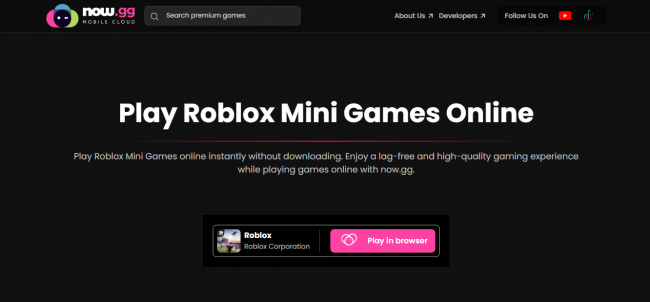

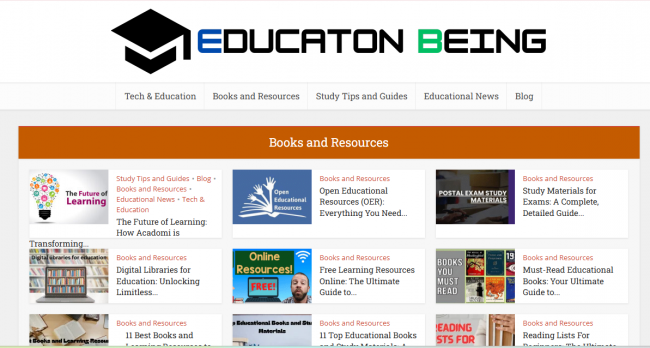

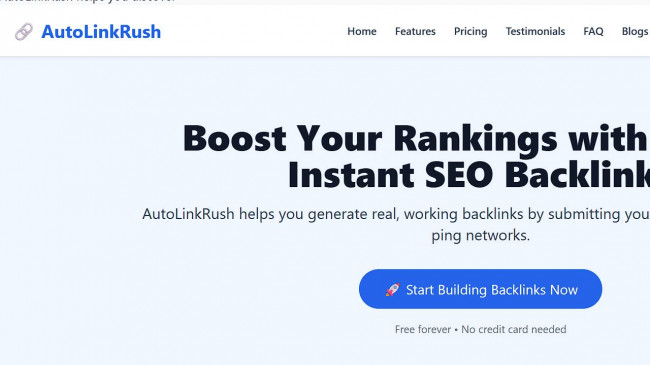
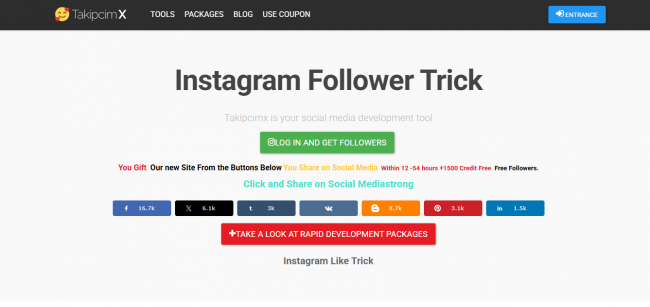
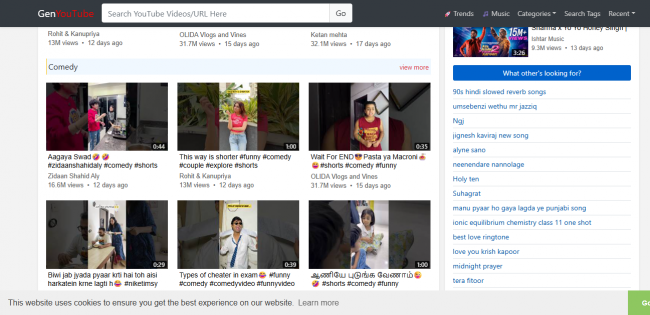
Comments